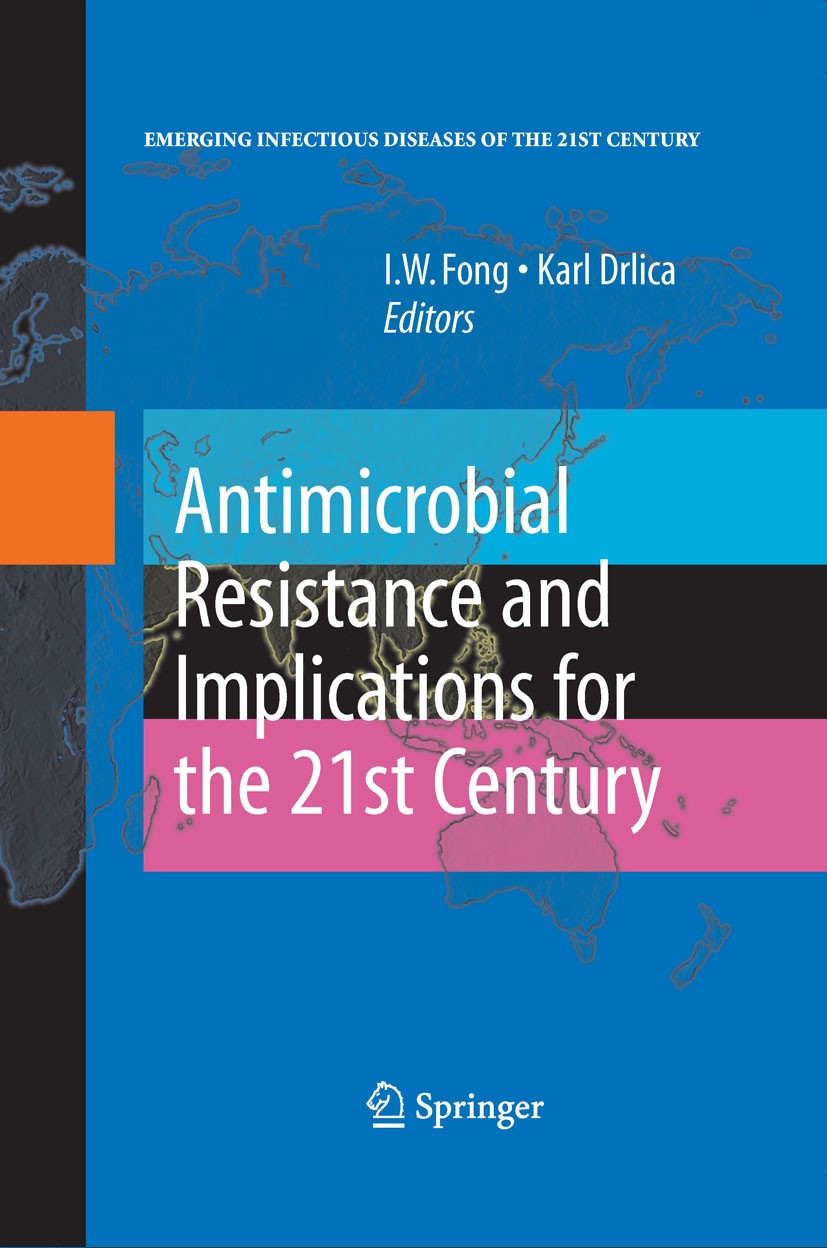| 期刊全称 | Antimicrobial Resistance and Implications for the 21st Century | | 影响因子2023 | I. W. Fong (Director),Karl Drlica | | 视频video | http://file.papertrans.cn/159/158614/158614.mp4 | | 发行地址 | A special chapter that addresses the issues on strategies to limit antimicrobial resistance propagation will be included in this volume.Includes supplementary material: | | 学科分类 | Emerging Infectious Diseases of the 21st Century | | 图书封面 |  | | 影响因子 | .Antimicrobial resistance can develop in any type of microbe (germ). Microbes can develop resistance to specific medicines. A common misconception is that a person’s body becomes resistant to specific drugs. However, it is microbes, not people that become resistant to the drugs. Drug resistance happens when microbes develop ways to survive the use of medicines meant to kill or weaken them. If a microbe is resistant to many drugs, treating the infections it causes can become difficult or even impossible. Someone with an infection that is resistant to a certain medicine can pass that resistant infection to another person. In this way, a hard-to-treat illness can be spread from person to person. In some cases, the illness can lead to serious disability or even death. ..This comprehensive, up-to-date volume aims to define issues and potential solutions to the challenges of antimicrobial resistance. The chapter authors are leading international experts on antimicrobial resistance among a variety of bacteria (Streptococcus pneumoniae, enteroccoci, staphylococci, gram-negative bacilli, mycobacteria species) viruses (HIV, herpesviruses), and fungi (Candida species, fusarium etc.). The cha | | Pindex | Book 20081st edition |
The information of publication is updating

|
|
 |Archiver|手机版|小黑屋|
派博传思国际
( 京公网安备110108008328)
GMT+8, 2025-11-15 16:23
|Archiver|手机版|小黑屋|
派博传思国际
( 京公网安备110108008328)
GMT+8, 2025-11-15 16:23


